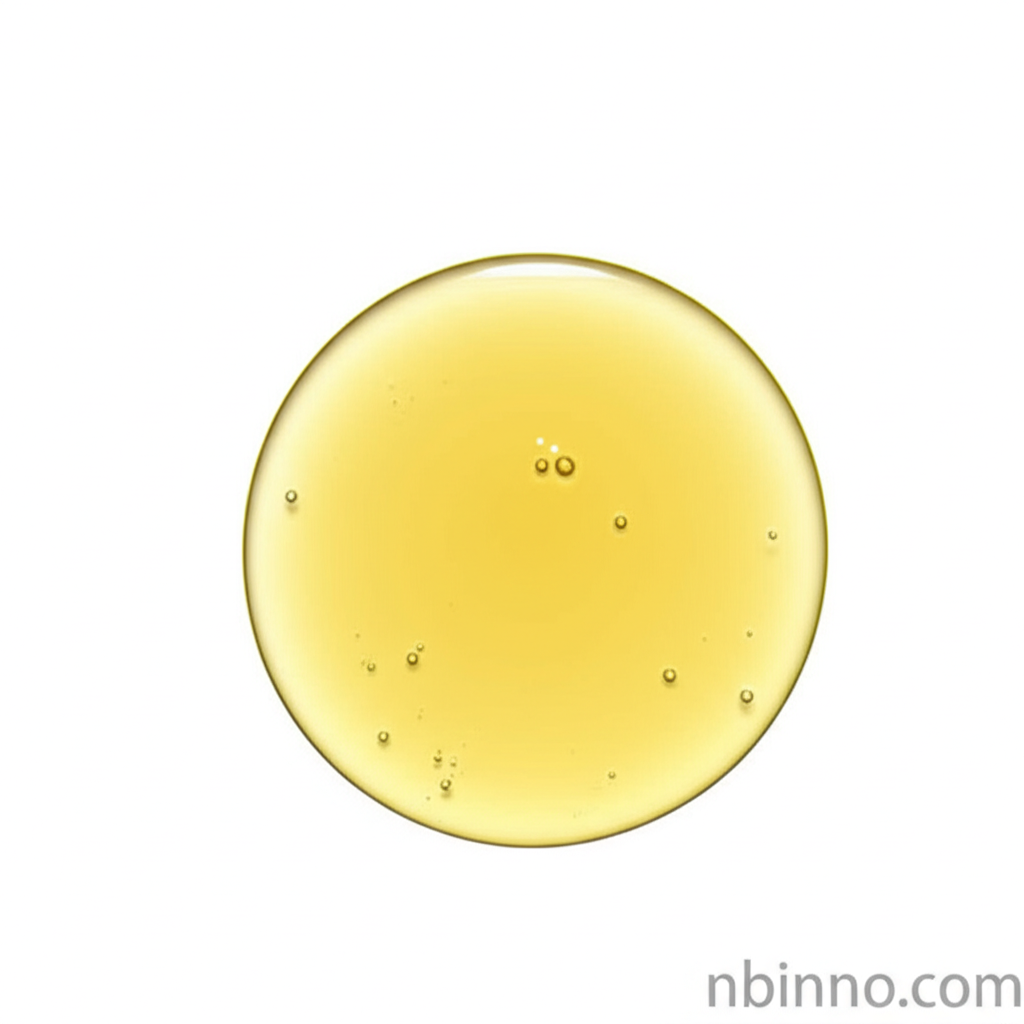3-(tert-Butyl)-2-hydroxybenzaldehyde: A Versatile Intermediate in Organic Synthesis and Material Science
Explore the chemical properties, synthesis, and diverse applications of this crucial organic intermediate.
Get a Quote & SampleProduct Core Value

3-(tert-Butyl)-2-hydroxybenzaldehyde
3-(tert-Butyl)-2-hydroxybenzaldehyde (CAS 24623-65-2) is a significant organic intermediate renowned for its utility in advanced chemical synthesis and material development. Its unique structure, featuring ortho-positioned hydroxyl and aldehyde groups along with a tert-butyl substituent, facilitates specific chemical reactions and imparts desirable physical properties.
- Discover the detailed synthesis of 3-(tert-Butyl)-2-hydroxybenzaldehyde, with a high-yield route that optimizes precursor materials.
- Learn about the diverse applications of 3-tert-butylsalicylaldehyde in creating specialized ligands for catalysis and coordination chemistry.
- Understand how CAS 24623-65-2 properties make it a vital pharmaceutical intermediate for developing novel antibacterial compounds.
- Explore its role in chemical synthesis as a building block for polymers and other advanced materials, contributing to polymer stabilization.
Advantages Offered
Synthetic Versatility
Leverage the versatile reactivity of this organic intermediate for various chemical synthesis pathways, including the preparation of complex molecular architectures.
Catalytic Applications
Utilize its structure in ligand design for coordination chemistry and catalysis, enabling enantioselective transformations crucial for drug development.
Material Enhancement
Employ its properties for polymer stabilization, enhancing the durability and performance of materials in various industrial applications.
Key Applications
Ligand Synthesis
This compound is a vital precursor for synthesizing salen ligands, critical components in coordination chemistry and catalysis for asymmetric reactions.
Pharmaceutical Intermediates
Its structure is instrumental in the development of pharmaceuticals, particularly for creating compounds with enhanced antibacterial activity.
Polymer Stabilization
Acting as a stabilizer, it prevents polymer degradation, thereby improving the longevity and performance of plastic materials.
Organic Synthesis
As a key building block, it enables researchers to explore new chemical reactions and create novel compounds with diverse functionalities.
